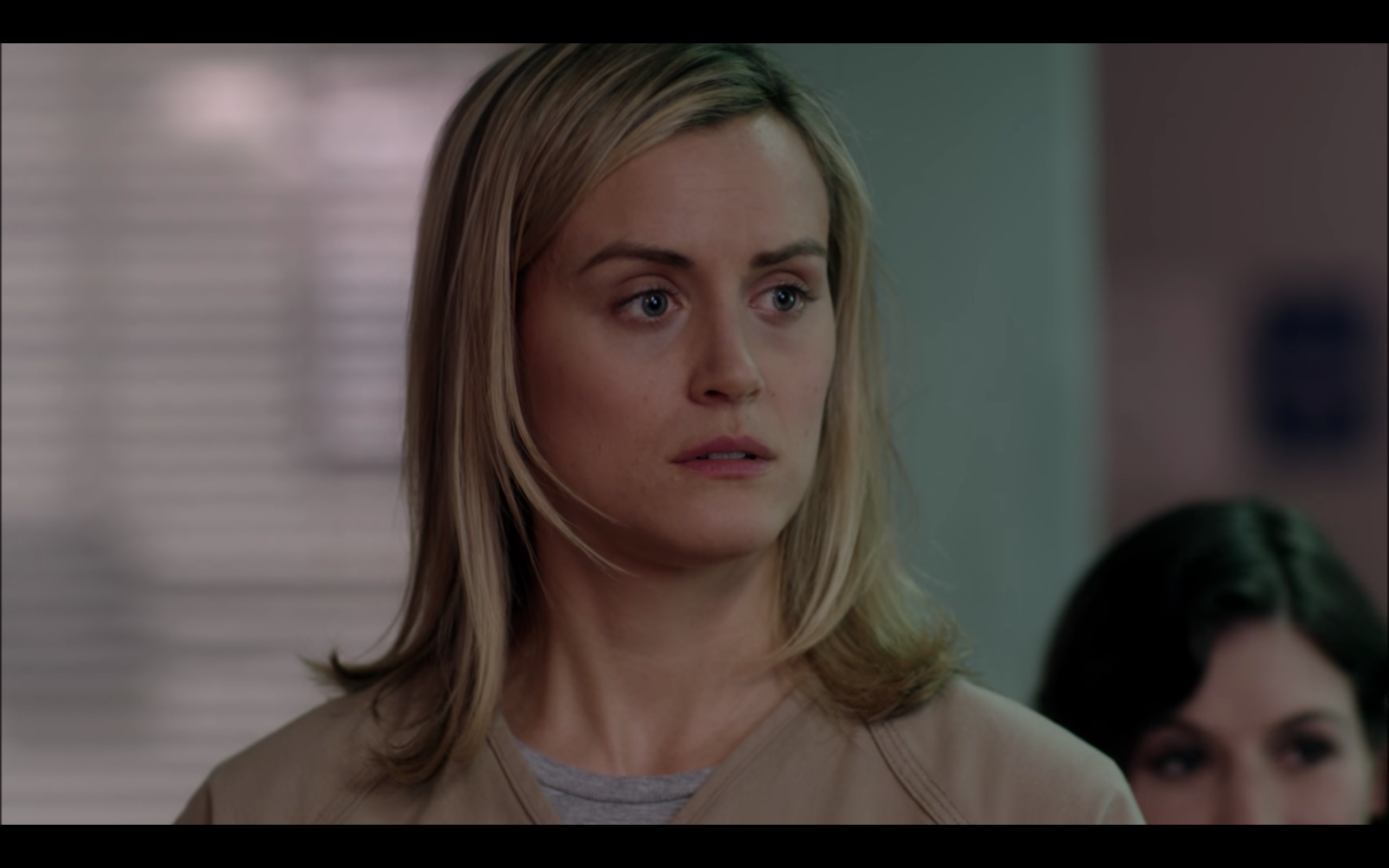Netflix Originals Are More Mediocre Than Ever

Credit to Author: Bettina Makalintal| Date: Thu, 18 Jul 2019 19:45:32 +0000
Your faves are leaving Netflix, as you’ve surely already heard, thrown into the inevitable money pit of dozens more streaming services. As networks pull back what they’ve licensed to Netflix (RIP The Office, Friends, and much of Disney’s catalog), the streaming pioneer is continuing its shift toward original movies and shows. Yes, the carousel of Netflix Originals that you already struggle to choose between will become even more confusing a content mine.
Netflix still has a hold on the streaming market—for now. A Q2 letter to shareholders shared by the company yesterday suggested that competition is causing struggles. For the first time since 2011, Netflix lost subscribers with membership increases for the most recent quarter over 2 million subscribers fewer than projected, a “tumble” that Reuters claimed affected Wall Street’s lower opening today. Also addressed in the letter was the company’s continued shift to original content; as it has previously found when it has lost shows and movies, Netflix said, “our members shift over to enjoying our other great content” but remain on the platform. The upside now, it says, is that it’ll have even more budget for those Netflix originals since it won’t be throwing money at licensing. It would seem like a win.
But as the “Netflix Original” takes over more and more of Netflix, the very concept seems to be losing the clout it once had. While the flash of “Netflix Original” in the platform’s library once alerted us to good, exciting stuff, there’s now a glut of mediocre shows that make for nice background noise, but aren’t quite worth anyone’s complete focus. When it comes to movies and shows, it’s increasingly obvious that the push for originals is out of necessity. We’re getting too much content—and it’s now much more hit or miss. While parts of the shareholders letter read like transparency, there’s a heavy layer of spin on what’s clearly a bad situation.
Let’s take it back to 2013, when House of Cards was released as the platform’s first big original series. It was a success with critics and viewers, becoming not only the first online-only show with wins at the Emmys but also Netflix’s most-streamed show. Netflix’s lineup soon became packed with high-budget original content: House of Cards started at $4.5 million per episode, while episodes of Hemlock Grove and Orange Is the New Black soon after hovered just under $4 million each.
Calling it the “golden age of television,” the Atlantic suggested at the time, “TV is replacing movies as elite entertainment, because players like Netflix, HBO, and AMC are in an arms race for lush, high-quality shows.” As recently as yesterday, the New York Times published, “Orange Is the New Black Taught Us What Netflix Was for.”
Focusing on shows, we can consider user ratings on Metacritic. This analysis, of course, is cursory, but it suggests some trends. For one thing, the number of shows has gone up quite significantly, from just seven in 2013 to 26 titles in 2019 thus far. As that sample size has increased, so has the range in user-provided scores.
The best-rated show of 2013 was House of Cards, with a rating of 8.9 and its worst rated was Hemlock Grove, with a still decent 7.5, putting the range at just 1.4. With close to 50 original shows in 2017, that range increased to 7.5, after the fourth season of Bojack Horseman pulled in an 8.7 but Amy Schumer: The Leather Special got a sad 1.2. The two years since then have been slightly better, their user ratings brought up by hits like Making a Murderer and Stranger Things.
It’s clear from its lineup of original options that Netflix is diversifying, and that’s good: a platform full of nothing but noir-ish David Fincher shows would probably be kinda tiring. Now the category of “Netflix Originals” includes comedy specials, animated shows, a Bill Nye reboot, nature docs in the style of Planet Earth. Basically, there’s something for nearly everyone, and judging by recent numbers from Netflix, that works because 15 of the platform’s top 20 shows are originals. It’s worth noting that the company doesn’t often share its numbers and is quite selective about what it does share, so what we’re seeing might also be just whatever’s flattering.
In any case, that also means that the company seems to be spread a little thin—not just in terms of coverage but perhaps also in terms of money. According to tech news website The Information, Netflix has told its execs to be more cost-effective with film and TV projects, only greenlighting big-budget projects guaranteed to bring in a lot of viewers, compared to the past when money could go towards projects meant to “build industry credibility.” Of course, it makes sense that if Netflix now has to rely more on original content, it inevitably can’t spend as freely as it once did, and not everything is going to be as high-quality as House of Cards and Orange Is the New Black once were.
While a show’s budget doesn’t guarantee great results—Baz Luhrmann’s The Getdown allegedly cost a record-breaking $120 million, but was canceled after one season—it might explain the increase in shows that feel more haphazard and made-for-TV, like the campy Chilling Adventures of Sabrina or reality-style shows like Tidying Up with Marie Kondo.
Taking a chance is important, sure. But it also makes it really hard to figure out what’s actually worth watching.
This article originally appeared on VICE US.